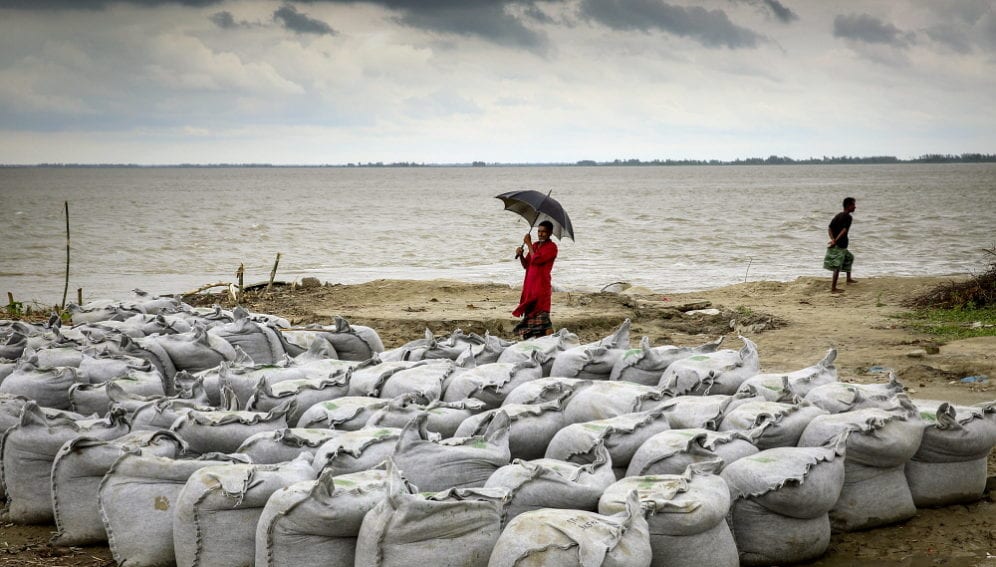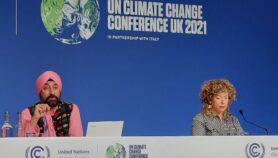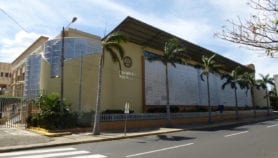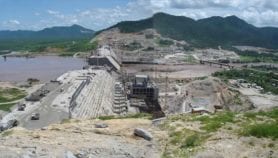By: Gareth Willmer
Send to a friend
The details you provide on this page will not be used to send unsolicited email, and will not be sold to a 3rd party. See privacy policy.
Recent developments in climate models may help determine the extent to which human-made climate change is responsible for extreme weather events, and help provide evidence to address losses and damages associated with impacts of climate change in developing nations, scientists say.
A range of improvements in climate modelling, such as higher resolution and faster computing, mean that scientists can say with an increasing certainty if and how extreme weather at specific locations is affected by climate change.
At the 2013 climate summit in Warsaw, Poland, the UN established the loss and damage mechanism to address losses and damage associated with impacts of climate change, such as extreme events, in developing countries that are particularly vulnerable to the adverse effects of climate change.
Meinhard Doelle, director of the Marine and Environmental Law Institute at Dalhousie University, Canada, says that “finding credible ways to separate out the climate-change influence … on severe events will certainly be critical” to aiding research into loss and damage.
But the UN Framework Convention on Climate Change (UNFCCC) has so far “not been given a particularly strong mandate, and certainly not a mandate to assign responsibility or liability for loss or damage, or even develop a compensation mechanism”, says Doelle.
So, he adds, “much still needs to happen on the law and policy side before such [research] tools would actually be used to deal with loss and damage”.
The next chance to strengthen this, he says, might be at the December 2015 COP 21 meeting (the 21st session of the Conference of the Parties to the UNFCCC) in Paris, France.
One tool that may help separate out effects of climate change on weather is called ‘probabilistic event attribution’ (PEA) modelling. These have sought to examine increasingly up-to-date information on the effects of climate change on weather events and calculate the likelihood that a weather event was caused by global warming.
A paper circulated in March at an initial meeting on loss and damage outlined these models “to provide a starting point for dialogue between scientists and parties to the UNFCCC about what the science can offer, and how it might contribute to the policy process”.
Scientific research could help deliver evidence to link loss and damage to anthropogenic climate change, if the implementation of the loss and damage mechanism needs it, says the paper written by researchers from the Environmental Change Institute (ECI) at the University of Oxford, United Kingdom.
But Nathalie Schaller, a researcher at the ECI says that PEA modelling is still a relatively new area of research, with few groups working on it.
And this type of modelling must overcome challenges such as collecting data despite sparse records in many countries and assigning liability for climate change-related impacts.
Nevertheless, researchers say extreme weather events are being simulated with increasing resolution thanks to these models.
“The idea is to inform stakeholders, but models haven’t been fully integrated into international lobbying,” says Roberto Mera, a climate researcher from the Union of Concerned Scientists, a US-based non-profit organisation that seeks solutions to global problems.
Pete Walton, an ECI researcher, adds: “It is impossible to know at what point [UN climate] negotiators will look at the results of the climate models and decide that they are both reliable and robust enough for them to be used to form policy around or for law.”
> Link to ECI document














